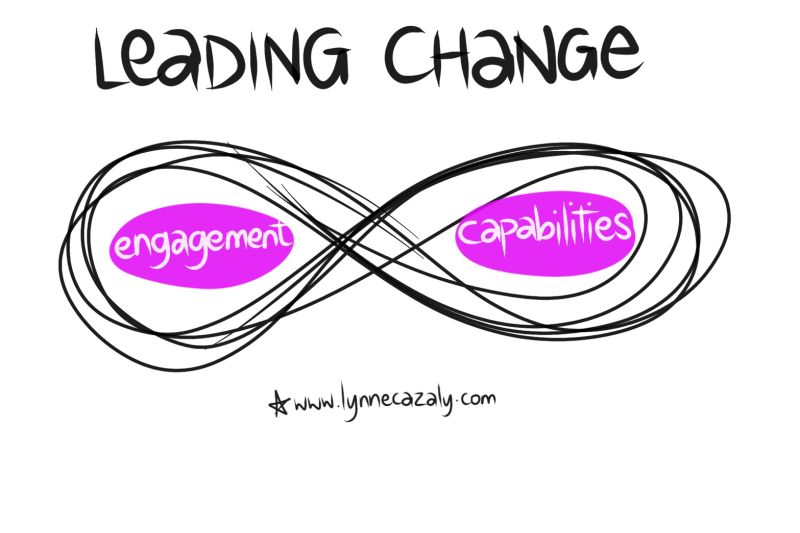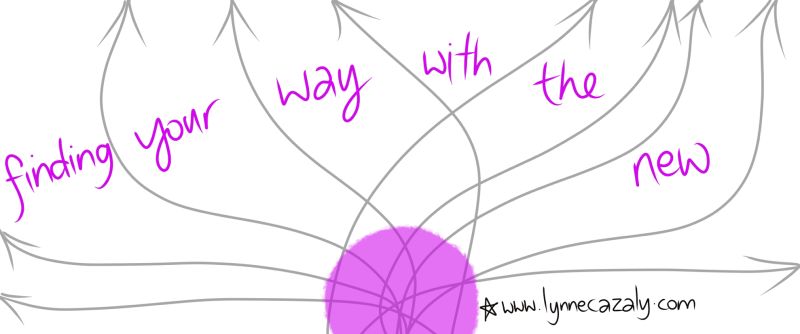The myth of engagement
 Monday, December 2, 2024 at 5:51PM
Monday, December 2, 2024 at 5:51PM ‘When you lose ‘em, you’ve lost ‘em for good!’ said the shouty presenter at the leadership conference.
And that’s not true.
It almost sounds like a threat that you need to keep people hooked in or you’ll lose them.
But we all lose focus and attention, all the time. As leaders, speakers, trainers or facilitators, we can’t hold people’s engagement all of the time.
So yes, we will ‘lose them.’ We all drift away. But it doesn’t mean they are forever ‘lost’.
Attention ebbs and flows. We can’t give 100% attention, 100% of the time.
The task becomes then: how do you get them back? And when they come back, how do you catch them up (not catch them out) with what has been happening - whether they’re ‘gone’ for 15 seconds or 15 minutes?
The work then is to firstly DESIGN for engagement.
And then to invite, welcome and DELIVER for reengagement. And repeated reengagement, precisely because our attention lapses.
Rather than the control freak in us expecting or demanding 100% attention from a team or group (and performing games, tricks and ra-ra entertainment for fear of losing it), work to earn engagement and to hold it, understanding that it will leave at times.
And then work to always encourage, and warmly and kindly welcome re-engagement, whenever it comes.



















